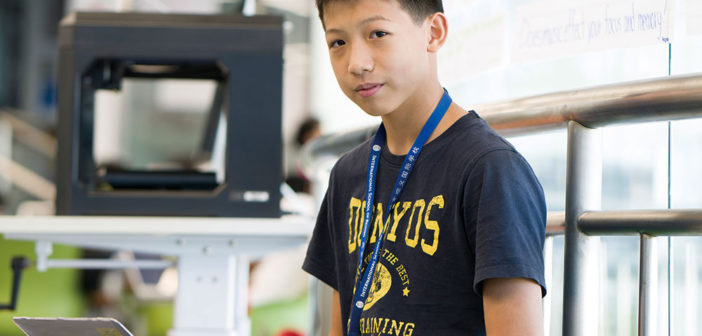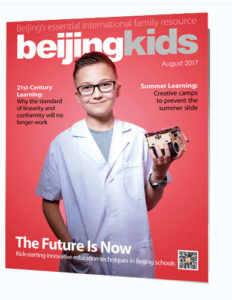We’re only in the second decade of the 21st century but the changes happening in many fields worldwide have been swift and steady. Think of health; we’ve taken many great strides in producing life-saving medicines. Think of technology, and there have been rapid developments in computing, robotics, and the internet. Think of any other industry and you would be amazed by how much our society has changed compared to the status quo of one to two hundred years ago.
In this revolution, scholars in many parts of the globe have noted that there is one field that has been lagging behind: education. The domain that once produced the brains behind innovation is the same domain that has mostly resisted change in recent decades, due to rigid rules and “the diffuse system of governance [that] creates numerous veto points to limit innovation.” Hamilton Gregg, college advisor at Harrow Beijing and founder of Hamilton Gregg International Education Consulting (HGIEC), says the problem is that technology has altered the way children learn and process information, while the educational system has mostly remained traditional – for example, sticking to the usual classroom layout and university lectures.
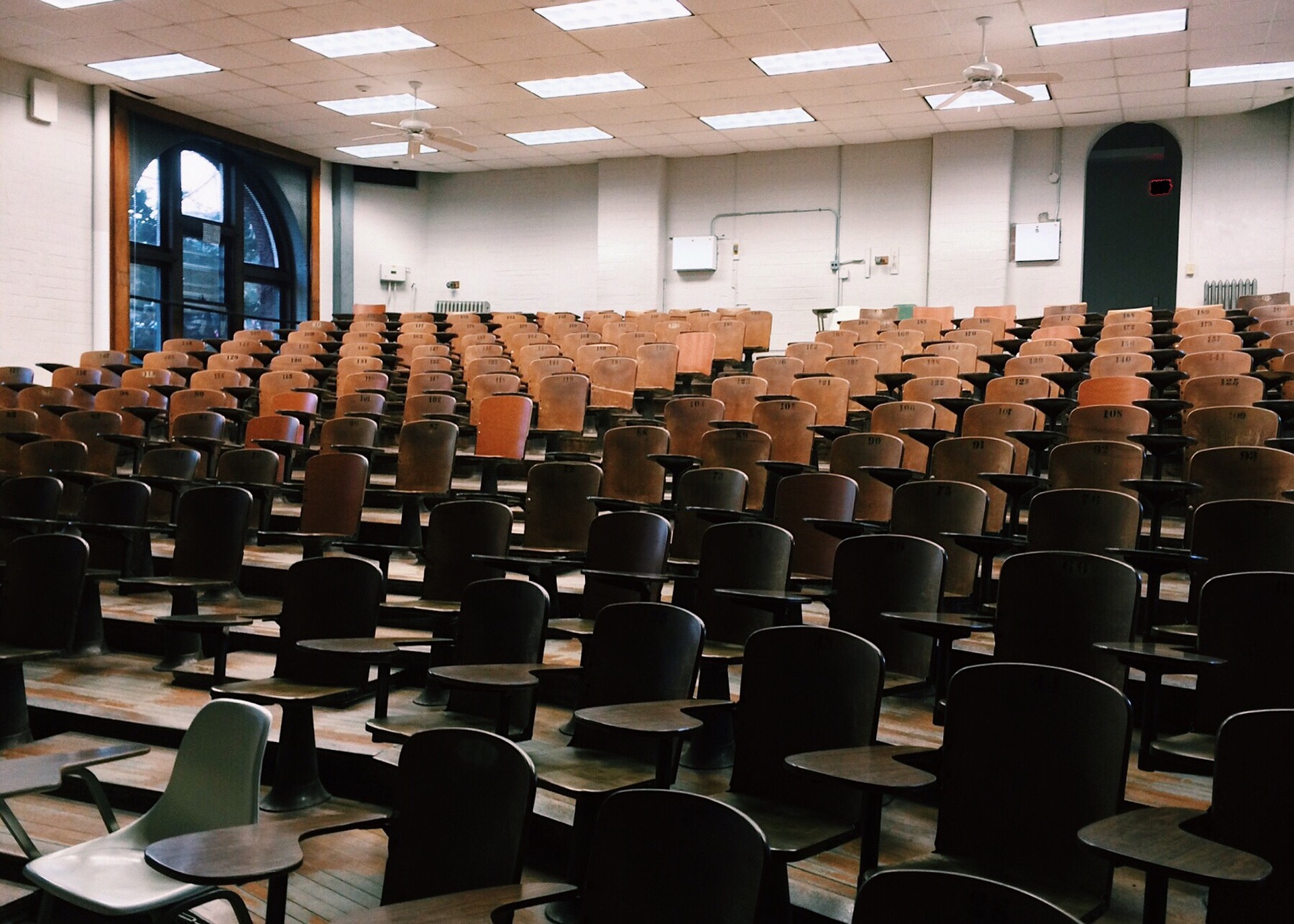
“If the system hasn’t caught up to where kids are, then it’s not pushing them to develop their intellectual capacity,” Gregg says, explaining that the way children adapt and give their attention to something is different from the educational model developed in a different era.
According to British author and educational speaker Sir Ken Robinson, traditional education systems follow a “manufacturing model” based on industrialization: linearity, conformity, and batching people. In a talk at a TED conference in 2010, he challenged educators worldwide to revolutionize the way education is viewed, saying that ideas and concepts should meet the demands and circumstances of the current century (see his TED Talk video here).
“We have to recognize that human flourishing is not a mechanical process; it’s an organic process,” he says, explaining that education should be patterned on the principles of agriculture. “[While] you cannot predict the outcome of human development, all you can do, like a farmer, is create the conditions under which they will begin to flourish.”
Resistance to Change
Shifting educational paradigms is no easy feat for schools, let alone for teachers and parents. For one thing, Gregg says traditional educational systems cannot cope with the way 21st-century citizens and students focus, as they are constantly fed with information in different ways and different time frames.
Then there’s the issue of resistance in the education sector, as pointed out by scholars worldwide. Dr. Tarek Razik, former head of school at the International School of Beijing (ISB), believes that while teachers are open to change and committed to bringing the best to their students, the very profession of teaching requires them not to fail. “‘You’re asking me to teach in a different way, but I’ve never done it that way.’ Or, ‘Okay, there’s a better way to do this. What if it doesn’t work?’ [Teachers] are afraid to show vulnerability, but we all need to be able to show vulnerability as we learn new things,” he says.
Other causes of opposition include when the traditional roles of the teacher and the student are challenged, or when the reforms promote “mechanization,” resulting in the “dehumanization” of the educational process, or when the innovation is complex or fails because of ignorance, or when the disruption in the status quo triggers “feelings of insecurity” that “are regarded as an attack on professional competence and identity.”
Razik mentions that parents find it difficult to deal with the reforms because of the difference in the way they were educated. “Almost everybody’s been to school and many of our parents are extremely successful. They, therefore, are hesitant to do anything different. Forget about the whole child, forget about how happy my child is. More homework, more tests, more quizzes, more academic rigor. More successful.” At least this is what many traditional parents think, he says.
“Humans are typically resistant to change and particularly when it comes to drastic changes,” Gregg says, “and parents have to let go of the model they grew up with. For an educator to change totally, they have to rethink how to teach. And for people who get the ability to utilize technology to inspire minds, that’s the ticket [to success.]”
Sparking Innovation in Education
Many schools worldwide, including in Beijing, have begun combining multiple methods and strategies to advance innovative education systems, which the World Economic Forum (WEF) says can “provide the next generation with the skills of the future.” The WEF has also encouraged leaders to use approaches which can spark innovation in education.
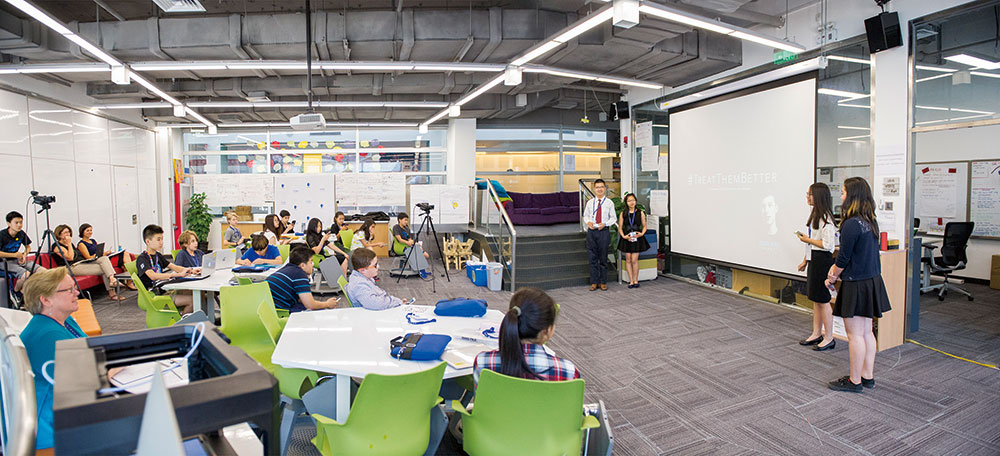
Education for the 21st century does not only use technology as a platform to teach. Rather, it focuses on developing the highly valuable skills and abilities needed in a rapidly changing digital society.
Gregg explains that innovative education is a setting which combines theory and practice, allowing students to utilize information through experiential or project-based opportunities. While these learning methods have been used for a while, recent approaches have adapted them specifically for the 21st century, personalizing the learning experience of an individual.
Experiential learning, according to Keystone Academy, is “the deep learning that occurs through direct experience of doing. Keystone’s curriculum dedicates an Experiential Learning Program (ELP) week for students from Grades 4 to 10 to learn outside their campus.”
“ELP is arranged sequentially across the grade years and linked thematically to the arts and architecture of China. All travel experiences link to what [students] learn in school and help [them] build community between students, teachers, and [their] surroundings,” Keystone says.
Humanities teacher Xuebin Wang said innovative educational activities at Keystone are not just about technology, but also exploration and reconstitution of culture. “Innovative education seems like a ‘charming phase’ but in my mind, we shouldn’t let innovation make education fashionable [or trendy]. I let my students use technology just when it’s necessary.”
In his Grade 6 class, for example, Wang lets his students re-create historical stories through cartoons. Whereas in his Grade 7 class, pupils compare strides in Chinese history and culture to current events around the world. Students taking up his Chinese Civilization class learn not only about their roots, but also why they are world citizens and what they can do to cooperate with other people in addressing global issues like climate change, pollution, and violence.
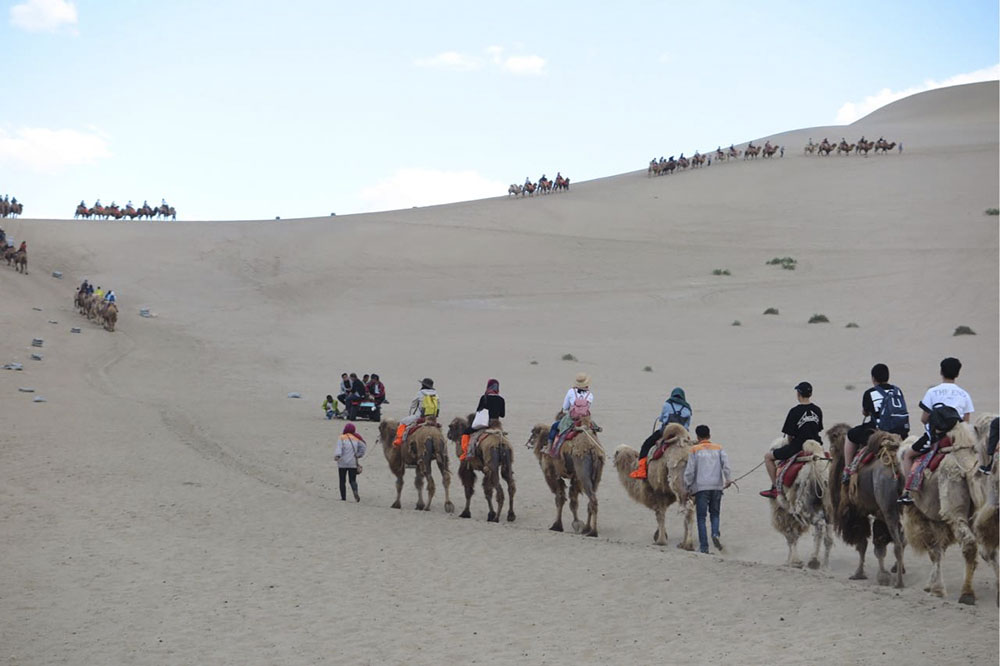
On the other hand, project-based learning provides an opportunity for students to progress their skills and acquire knowledge by working on an “authentic, engaging, and complex question, problem, or challenge” for an extended period of time. In Beijing, one of the schools that make use of project-based learning is ISB, through its Futures Academy program.
“We start in Grade 7 because the kids are mature enough to do a lot of the off-campus things that we want to do. We still do parts of the Futures Academy in all grades. But to have the kids really do what we want them to do off-campus, be independent learners, there needs to be a level of maturity,” says Razik.
He explains that in most innovative educational approaches, including the project-based learning approach, teachers are viewed as a facilitator who helps students go through the processes in solving challenges or problems. But while learners are given autonomy, Razik says they still need to be taught and work under the standards and framework set in the program.
Oftentimes, mainstream education doesn’t teach other necessary ideas and skills for children, and that is what after-school programs fill in. But as well as using technology as an innovative approach to boost kids’ learning, after-school programs should help students make “conscious choices” in the role technology plays in their life, according to Mike MacKinnon, director at The Learning Center (TLC).
“The key is in helping students develop first the analytical tools that are applicable regardless of whether they are on- or offline, and then teaching them how to use that knowledge when they are online,” MacKinnon says, adding that students who have mastered these tools should be able to address problems and critical issues by engaging in discussions and using available tools to research and develop solutions.
Personalizing Education
Making basic education, let alone innovative educational approaches, available to everyone is a big challenge for governments and educational leaders worldwide. Technology can solve part of that big problem, though the future looks uncertain because of, again, the rapid changes in digital society. For example, the introduction and use of groundbreaking technologies and devices in education has excited our imaginations in how learning is developed or personalized, and how it prepares citizens for life outside of school.
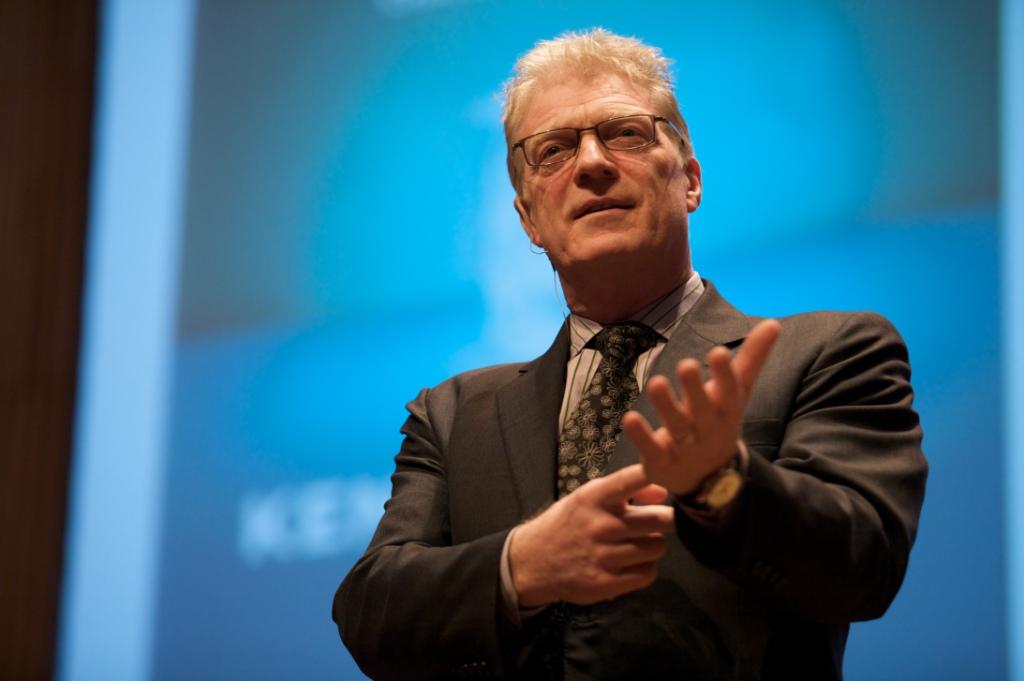
Robinson, at his TED talk in 2010, said that there are many models that can be used to reform and transform education, but learning grows on a personal level. “It’s about customizing to your circumstances and personalizing education to the people you’re actually teaching. It’s about creating a movement in education in which people develop their own solutions, but with external support based on a personalized curriculum.”
Gregg argues that personalized education is interesting, but doing it on a systematic and massive level will make it “technologicalized,” opening a “potential to miss kids where they are.” He goes further to explain that technologies like artificial intelligence and automation can go as far as boosting learning experiences, but they don’t have “humanity or the cognitive ability, or the sensibility to understand what everything is.”
Among all these changes, it’s still up to the parents to choose the best educational opportunities for their children. “I think parents must be completely open-minded and try to understand what education means from all points of view and the multiple ways that it can be delivered, and understand the value of character development and how it happens,” Gregg says.
References
– Five Ways Teachers Can Use Technology to Help Students, www.brookings.edu
– Bring on the learning revolution! Sir Ken Robinson, TED Talk 2010
– Reducing Teacher Resistance to Change and Innovations, Hayal Koksal (Ph.D.), Director General, (Turkey), World Council for Total Quality & Excellence in Education
– Teacher resistance against school reform: reflecting an inconvenient truth, Ewald Terhard, School Leadership & Management Vol. 33 , Iss. 5,2013
– What is Project Based Learning (PBL), BIE.org
This article originally appeared on p 44-45 of beijingkids August 2017 issue.
Download the digital copy here.
